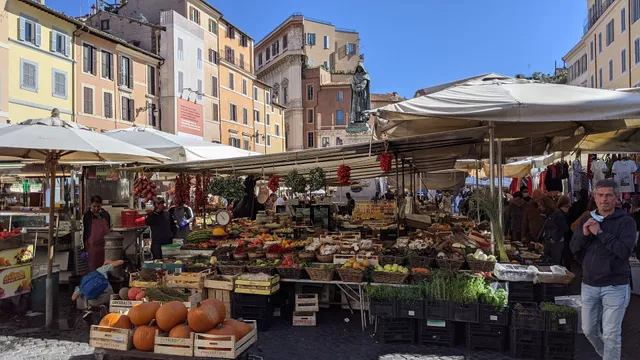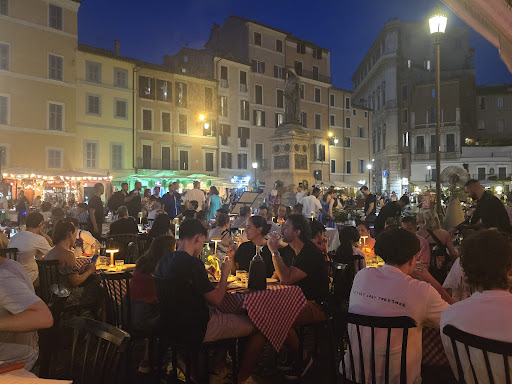Campo de' Fiori things to do, attractions, restaurants, events info and trip planning
Basic Info
Campo de' Fiori
P.za Campo de' Fiori, 00186 Roma RM, Italy
4.4(23.8K)
Open 24 hours
Save
spot
spot
Ratings & Description
Info
Cultural
Outdoor
Entertainment
Family friendly
attractions: Museo/Mostra Leonardo da Vinci - Il Genio le Invenzioni, Piazza Navona, Galleria Spada, Basilica di Sant'Andrea della Valle, Palazzo Farnese, Museo di Roma - Palazzo Braschi, Palazzo della Cancelleria, Museo di Scultura Antica Giovanni Barracco, Pantheon, Fontana di Campo de' Fiori, restaurants: Osteria da Fortunata, Ristorante Pancrazio dal 1922, Mariuccia, Giordi, Osteria da Fortunata - Baullari, Mercato Hostaria Roma, Romoletto, Osteria da Fortunata - Cancelleria, Il Baccanale, Virgilio a Campo De’ Fiori
 Learn more insights from Wanderboat AI.
Learn more insights from Wanderboat AI.Phone
+39 06 0608
Website
turismoroma.it
Plan your stay

Pet-friendly Hotels in Rome
Find a cozy hotel nearby and make it a full experience.

Affordable Hotels in Rome
Find a cozy hotel nearby and make it a full experience.

The Coolest Hotels You Haven't Heard Of (Yet)
Find a cozy hotel nearby and make it a full experience.

Trending Stays Worth the Hype in Rome
Find a cozy hotel nearby and make it a full experience.
Reviews
Nearby attractions of Campo de' Fiori
Museo/Mostra Leonardo da Vinci - Il Genio le Invenzioni
Piazza Navona
Galleria Spada
Basilica di Sant'Andrea della Valle
Palazzo Farnese
Museo di Roma - Palazzo Braschi
Palazzo della Cancelleria
Museo di Scultura Antica Giovanni Barracco
Pantheon
Fontana di Campo de' Fiori
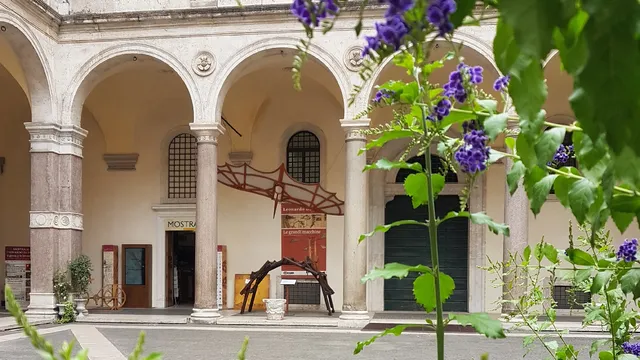
Museo/Mostra Leonardo da Vinci - Il Genio le Invenzioni
4.5
(860)
Open 24 hours
Click for details

Piazza Navona
4.7
(65.1K)
Open 24 hours
Click for details
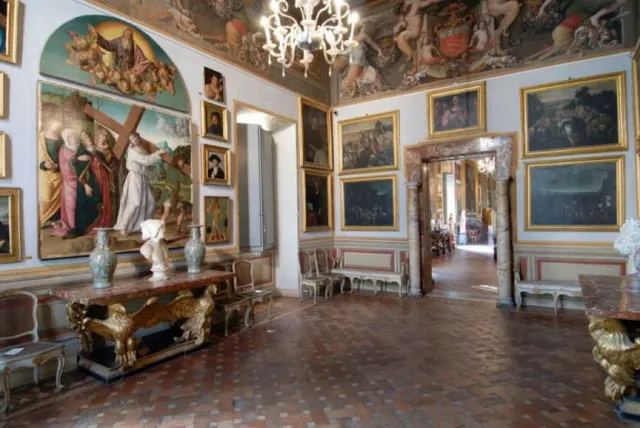
Galleria Spada
4.5
(1.3K)
Open 24 hours
Click for details

Basilica di Sant'Andrea della Valle
4.8
(2K)
Open 24 hours
Click for details
Things to do nearby
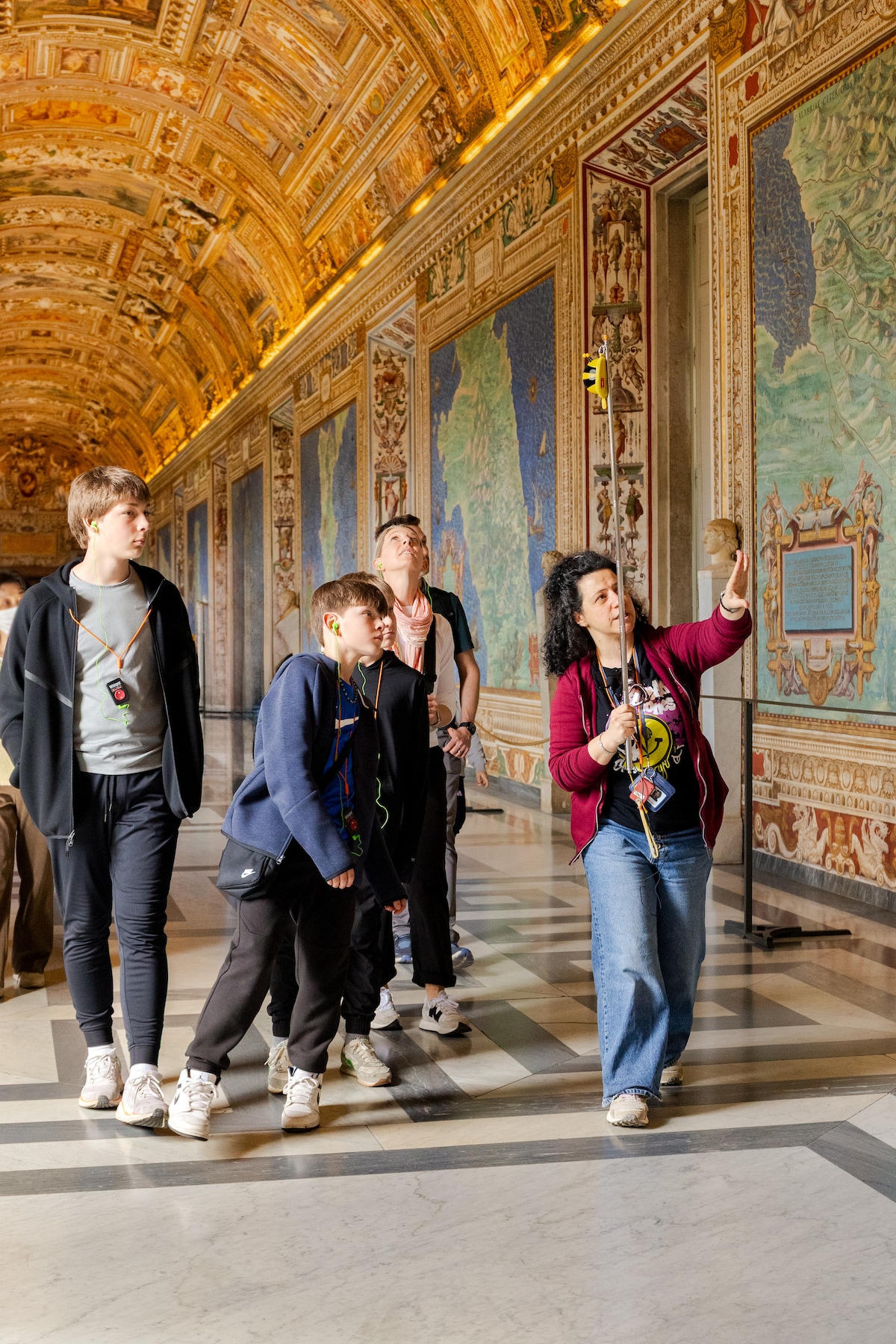
See behind-the-scenes at the Vatican
Mon, Dec 29 • 9:30 AM
00192, Rome, Lazio, Italy
View details
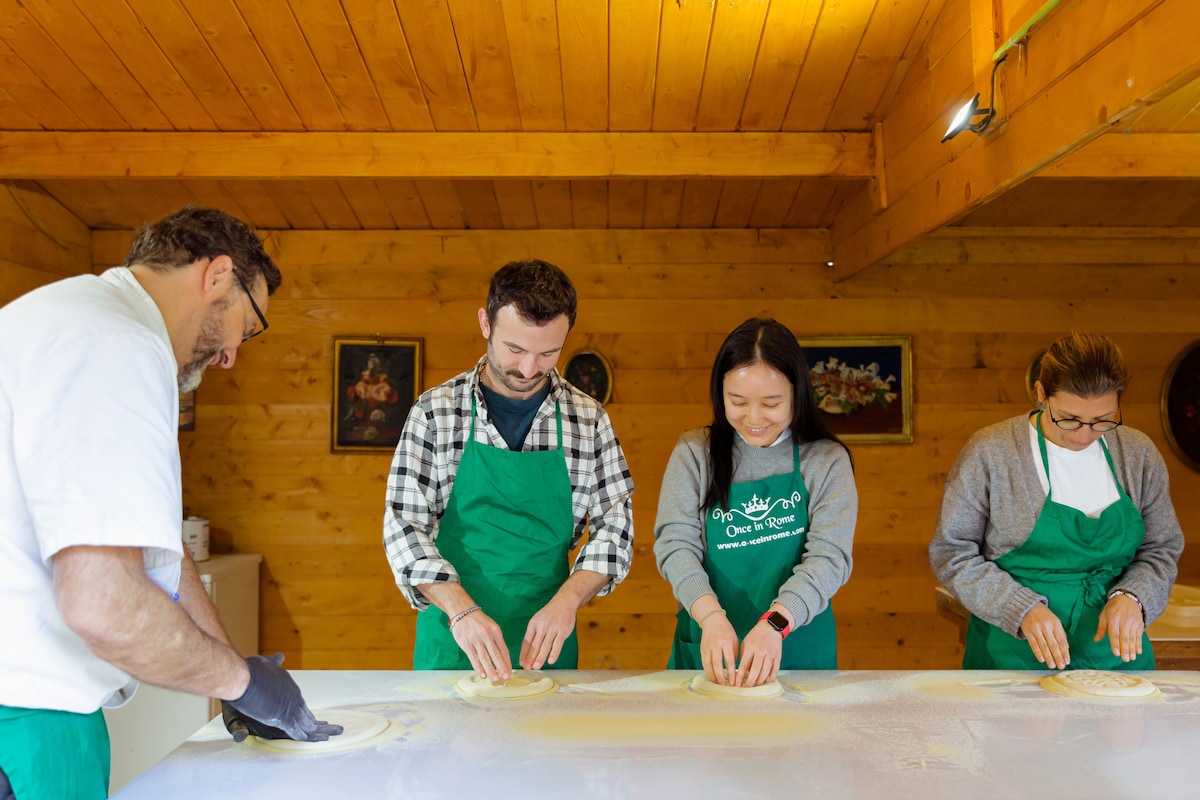
Pasta and Pizza cooking class with wine and more
Sat, Dec 27 • 5:45 PM
00142, Rome, Lazio, Italy
View details
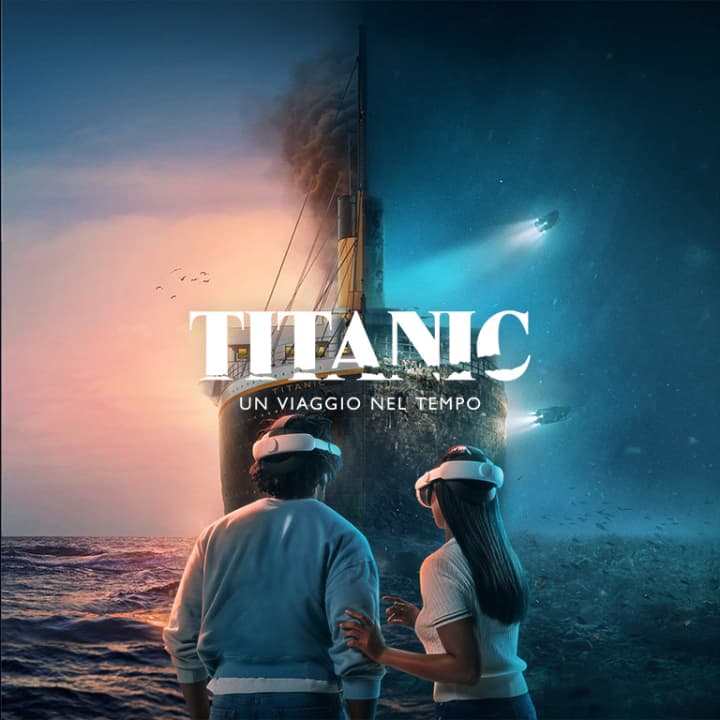
Titanic - Un viaggio nel tempo
Fri, Dec 26 • 5:00 PM
Via Trionfale, 7400, Roma, 00136
View details
Nearby restaurants of Campo de' Fiori
Osteria da Fortunata
Ristorante Pancrazio dal 1922
Mariuccia
Giordi
Osteria da Fortunata - Baullari
Mercato Hostaria Roma
Romoletto
Osteria da Fortunata - Cancelleria
Il Baccanale
Virgilio a Campo De’ Fiori
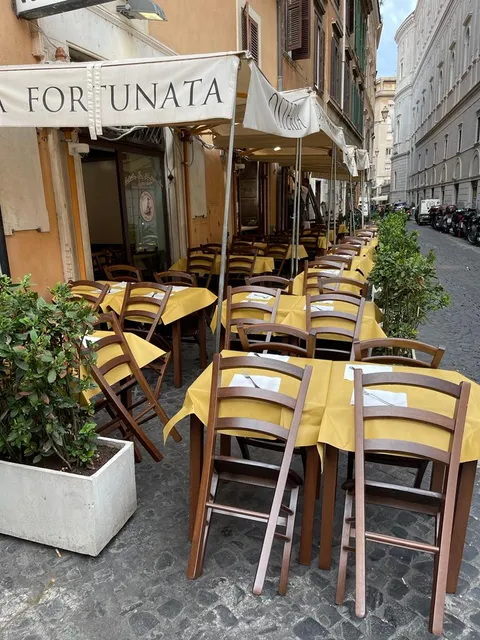
Osteria da Fortunata
4.3
(10.2K)
Click for details
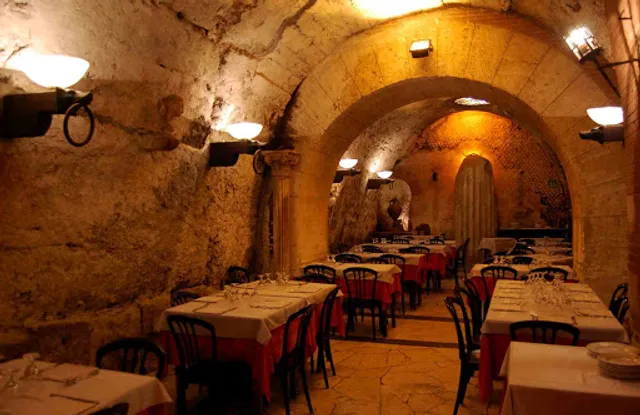
Ristorante Pancrazio dal 1922
4.7
(4.7K)
Click for details
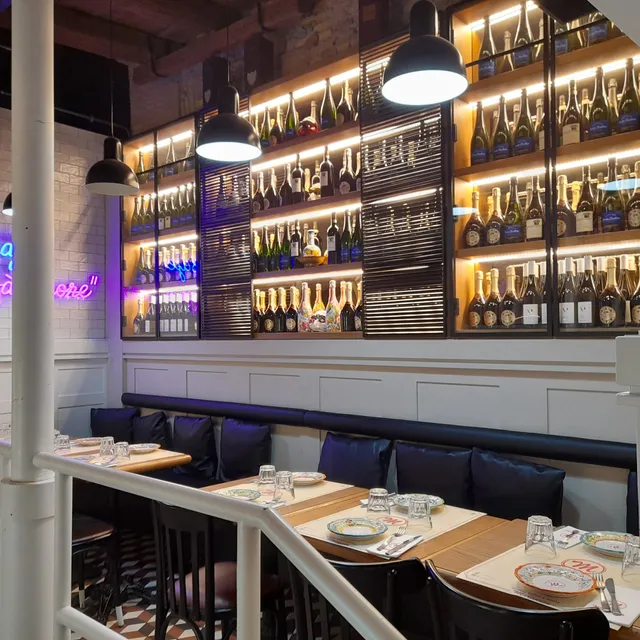
Mariuccia
4.7
(3.2K)
Click for details
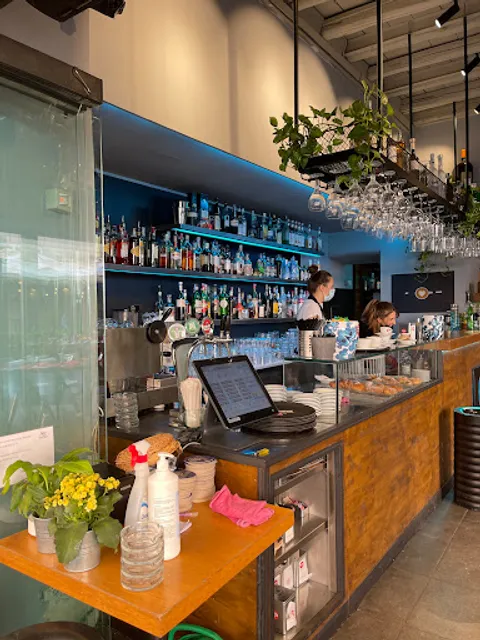
Giordi
4.7
(1.8K)
Click for details
The hit list

Plan your trip with Wanderboat
Welcome to Wanderboat AI, your AI search for local Eats and Fun, designed to help you explore your city and the world with ease.
Powered by Wanderboat AI trip planner.
